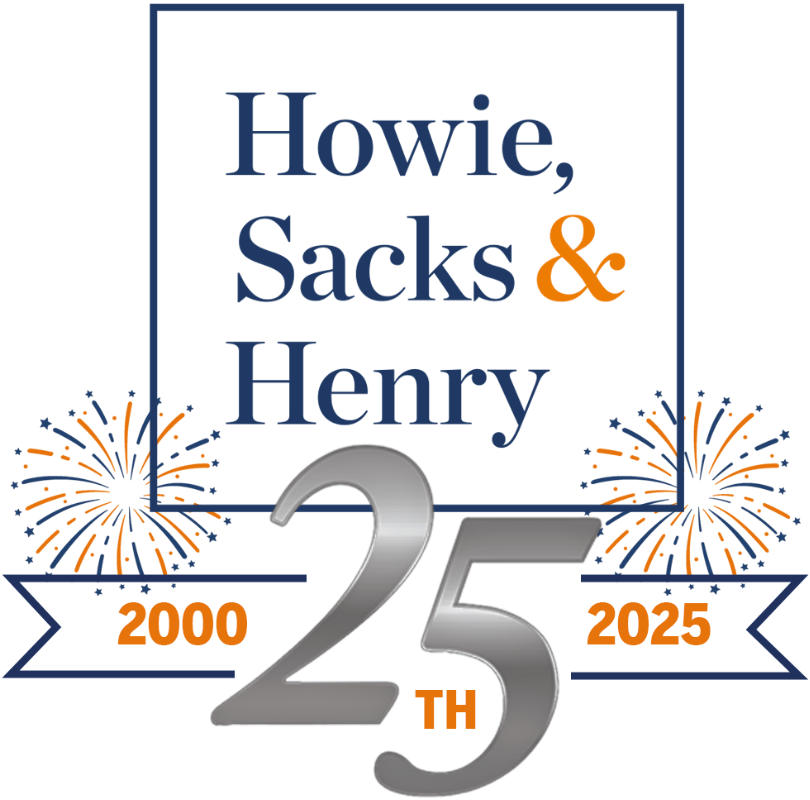
Twenty-four year old Alisha Lamers died as a result of a house fire – she was trapped in her Toronto basement apartment in the early morning hours of November 20, 2013. Due to the negligence of her Landlord, she could not escape: the windows were barred, the smoke alarms were not functional, and the only exit was engulfed in flames. An existing interior stair could have provided an escape route, but it had been blocked by the Landlord. Alisha was trapped until firefighters arrived and were able to extract her from the building. She clung to life for a few days with her parents at her bedside but ultimately succumbed to her injures.
In Ontario, the Family Law Act (FLA) allows close family members of an injury victim to make claims for compensation from negligent parties for their loved one’s injuries or death. Alisha’s landlord was clearly negligent, and her parents filed a claim under the FLA for the loss of care, guidance, and companionship that they would have otherwise received from Alisha. In 2019, Alisha’s parents’ case (Moore and Lamers v. 7595611 Canada Corp and Konstantin Lysenko) was heard by a jury and the jury awarded each parent $250,000 for their FLA damages, among other damages. This is significantly more than the previous high water mark for FLA damages ($100,000 to each parent), which was set by the 2001 case To v Toronto Board of Education.
The jury was clearly responding to the horrific facts of the case and the particular loss suffered by these parents. Alisha’s parents saw her lying in a hospital bed with third degree burns over half of her body. They watched as she went into cardiac arrest repeatedly. Finally they had to make the heart-breaking decision to remove their only child from life support. However, it is important to note that the parents also received other specific damages for mental distress and future medical care needs such as psychological counselling, so the FLA damages should not be seen as inextricably linked to the awful nature of Alisha’s death. The FLA damages compensated the family for the loss of care, guidance, and companionship of their only daughter and not the manner of her death.
While Courts in the past have felt constrained by previous decisions when fixing FLA damages and had adopted a ceiling based on the award in To v. Toronto Board of Education, Alisha’s case makes it clear that juries are not bound by any upper limit.
The case was appealed to the Ontario Court of Appeal and in 2021 the Court again found in favour of the Lamers family. In its decision, the Court of Appeal made it clear that it will only interfere with a jury’s award of damages where the award shocks the conscience of the Court and, adopting the reasoning of Osborne A.C.J.O, found that an appeal Court should only intervene if the damages assessment is inordinately high or low. Recalling that the previous high water mark in To was $100,000 (approximately $150,000 when adjusted for inflation), it is clear that for an award to be inordinately high it will have to be an extremely marked departure from other awards.
The Court of Appeal also confirmed that each case must be decided on its own evidence and “in light of the particular family relationships” at issue. It must be noted that plaintiff’s counsel did an excellent job calling evidence about the strength of Alisha’s relationship with both parents and how that relationship was maintained as Alisha entered adulthood and up to the night before the fire. Evidence was specifically called about the support and care Alisha had provided to her father when he was struggling with some difficult mental health challenges.
This case is very important in that it reiterates that there is no legislated cap on FLA damages and, unlike the judge-created cap on general damages, the upper limit is a guide and not a firm ceiling. Other cases may be used to test the reasonableness of the jury award but they are not determinative. Depending on the severity of the loss, and with the right evidence, future awards will be substantial.
The lessons of this case for personal injury litigators are clear: there is no cap on Family Law Act damages, each case must be decided on its own facts, and counsel must carefully call evidence of the familial relationship to show the exact loss of care, guidance, and companionship, instead of presuming that a jury will understand the implied closeness of relationships among immediate family members.
Although money can never replace a loved one lost through the negligence of another, it is an important symbol of accountability that can offer some closure to family. This case should serve to increase the awards for future FLA claimants and I would encourage counsel to take full advantage of this avenue to achieve justice and fair compensation for families who have suffered catastrophic losses.
Joel Dick is a Partner at Howie, Sacks & Henry LLP. His practice is dedicated to personal injury litigation, and in particular, motor vehicle accidents, product liability injuries and solicitors’ negligence. Joel has argued successfully in the Ontario Superior Court of Justice, the Divisional Court and the Court of Appeal for Ontario and has earned a reputation for understanding and fighting for the needs of his clients. He is recognized as a leading personal injury lawyer in The Best LawyersTM in Canada. Joel can be reached at 416-572-3516 or djdick@hshlawyers.com.






